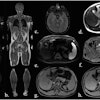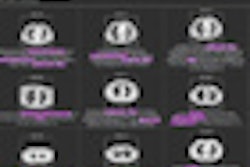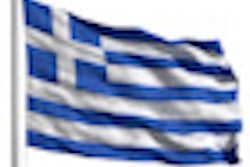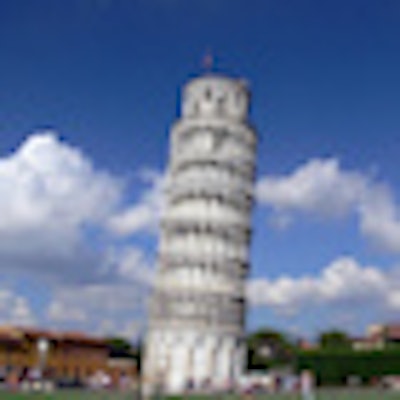
RadMiner, a tool that the developers hope will revolutionize radiological Web searches, looks set to improve computer-based research after a successful pilot project in Germany, attendees learned during the teleradiology and e-learning session at the Computer Assisted Radiology and Surgery (CARS) congress in Pisa, Italy.
This radiology-dedicated data mining system is the coproduct of the departments of radiology in the University Hospitals of Leipzig and Freiburg, and the University of Freiburg's commercial spin-off company, Averbis. It aims to bring a new quality of searching to daily clinical practice and academic research, according to its creators.
Under way for three years, the project combines semantic technology with search engine capacity to facilitate much faster and more precise retrieval of radiology cases in the departments' large databases. At Freiburg, the University Hospital generates 150,000 reports a year, and each report may contain up to 2,000 images -- and to date, there have been 25 years of electronic reporting.
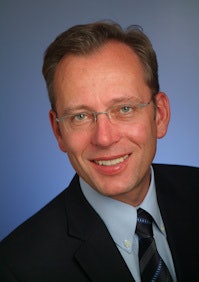 Dr. Elmar Kotter thinks RadMiner will revolutionize radiological research and practice.
Dr. Elmar Kotter thinks RadMiner will revolutionize radiological research and practice.
"Before the existence of RadMiner, one could only search for one term in the report and negations could not be factored in. For example, searching for a pathology without inflammation would still yield results and images containing inflammation. It was a slow process and not very intelligent," said session speaker Dr. Elmar Kotter, a professor and the vice chairman in the department of radiology at the University of Freiburg. "This technology, on the other hand, understands the many different ways of describing the same condition, is aware of measurements, can factor in negation, and will also find images in which descriptions of the findings are contained."
For reporting purposes, this means the system can make a direct link between findings, text, and images, thereby speeding up administrative tasks.
"When reporting a case of metastasis, for example, we could report two lung metastases, one in slice 10 and one in slice 450 and then search separately for the images -- or we can find them instantaneously with RadMiner," he noted.
The software sits on a server, and radiologists can access it through the Web. The technology has the capacity to provide results for languages other than English, German, and Latin, including French. Besides speed, which its developers claim is a thousand times faster than conventional technology, its key advantage lies in its intelligent handling of terms.
"The system knows that herz, heart, and cardio all mean the same thing. Words can be stemmed and analyzed intelligently. Inflammation of the heart muscle, myocarditis, or herzmuskelentzündung will yield the same results," Kotter added.
 Words can be stemmed and analyzed intelligently, according to RadMiner's developers. All images courtesy of Dr. Elmar Kotter.
Words can be stemmed and analyzed intelligently, according to RadMiner's developers. All images courtesy of Dr. Elmar Kotter.CARS delegates heard how a RadMiner search for "lungen filiae," meaning "pulmonary metastasis," found 1,509 reports in 24 milliseconds, with hits covering terms including "lungenmetastasen," "pulmonale filiae," "pulmonale Metastasierung," and "Lungen metastasen." For each hit, a short excerpt of the report is included, together with relevant images of the series.
RadMiner's core function is three-pronged and straddles teaching, research, and clinical practice. It is hoped this search device will also be applied to access data currently held by big radiology and scientific societies, such as that contained in posters, abstracts, and e-teaching seminars.
"Every time we search for an interesting case to teach students, we use RadMiner. It is also useful to find, analyze, and compare retrospective studies for research. In clinical practice, its main role is to search the department's database for comparable cases, particularly for rare findings. Younger residents can compare cases outside of a formal teaching context as they can use it on their own, and can also learn how to write reports in keeping with each hospital's preferences," Kotter said, who believes an interdisciplinary forum such as CARS is the ideal environment for making the system known to radiologists and generating exchange between IT and non-IT specialists.
At the moment, the system is only being used in Freiburg and Leipzig, though other German hospitals are discussing access to RadMiner through talks with Averbis. The next step is to take it to a European level through commercialization, which is scheduled for the second half of 2012. Beyond that, there is no reason why usage could not extend beyond Europe, according to Kotter.
"Academic radiologists say they have been waiting for such a tool for a long time," he said.
','dvPres', 'clsTopBtn', 'true' );" >
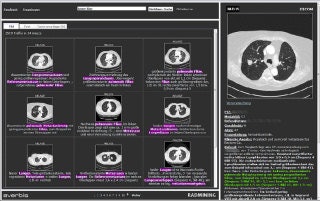
Click image to enlarge.
Speed is of the essence: A RadMiner search for pulmonary metastasis generated 1,509 relevant reports with images in 24 milliseconds.



